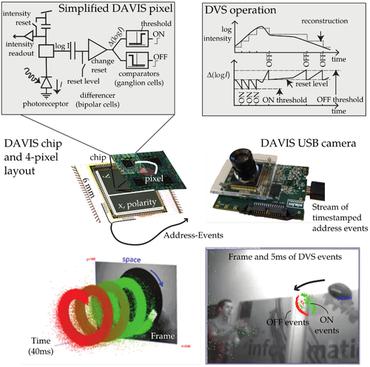Efficient and Low-Footprint Object Classification using Spatial Contrast
Event-based vision sensors traditionally compute temporal contrast that offers potential for low-power and low-latency sensing and computing. In this research, an alternative paradigm for event-based sensors using localized spatial contrast (SC) under two different thresholding techniques, relative and absolute, is investigated. Given the slow maturity of spatial contrast in comparison to temporal-based sensors, a theoretical simulated output of such a hardware sensor is explored. Furthermore, we evaluate traffic sign classification using the German Traffic Sign dataset (GTSRB) with well-known Deep Neural Networks (DNNs). This study shows that spatial contrast can effectively capture salient image features needed for classification using a Binarized DNN with significant reduction in input data usage (at least 12X) and memory resources (17.5X), compared to high precision RGB images and DNN, with only a small loss (~2%) in macro F1-score. Binarized MicronNet achieves an F1-score of 94.4% using spatial contrast, compared to only 56.3% when using RGB input images. Thus, SC offers great promise for deployment in power and resource constrained edge computing environments.
PDF Abstract

